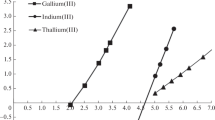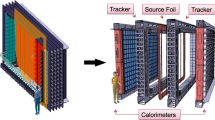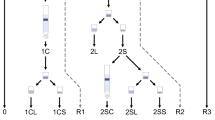Abstract
The reaction103Rh(p, n)103Pd was investigated for the trace detection of Rh. Maximum activation of Rh with minimal interferences was achieved with protons of 11 MeV. The detection limit for the nondestructive assay of Rh is 0.03 ppm.
Similar content being viewed by others
References
M. TREDUOUX, J. P. F. SELLSCHOP, J. I. W. WATTERSON, C. S. ERASMUS, J. Radioanal. Chem., 70 (1982) 371.
H. P. YULE, Proc. Intern. Conf. on Modern Trends in Activation Analysis, Vol. 2, Washington, 1968; NBS Spec. Publ. No. 312, Washington, DC, 1969.
C. F. WILLIAMSON, J. P. BOUJOT, J. PICARD, CEA Report 3042, 1966.
Author information
Authors and Affiliations
Rights and permissions
About this article
Cite this article
Kormali, S.M., Schweikert, E.A. Trace determination of rhodium using proton activation followed by X-ray counting. Journal of Radioanalytical and Nuclear Chemistry, Articles 100, 197–201 (1986). https://doi.org/10.1007/BF02036513
Received:
Issue Date:
DOI: https://doi.org/10.1007/BF02036513




